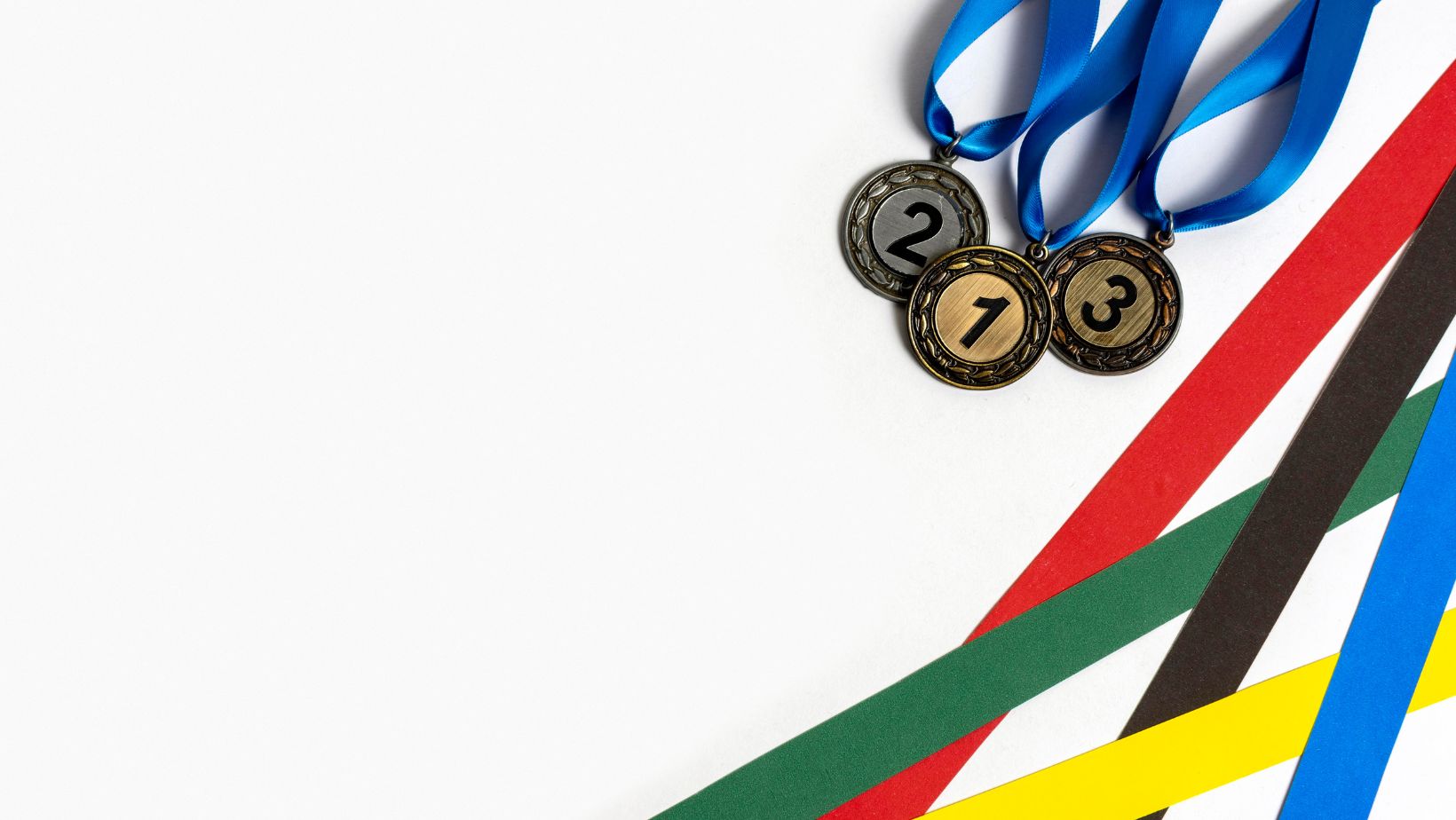What Time Does The Gymnastics Olympics Start
The first modern Olympics were held in Athens, Greece, in 1896. Since then, the Olympic Games have been held every four years, with a few exceptions. The United States has hosted the Summer Olympics four times: in St. Louis (1904), Los Angeles (1932 and 1984), and Atlanta (1996). The Winter Olympics have been held in the United States three times, in Lake Placid, New York (1932 and 1980), and Salt Lake City (2002).
Gymnastics was first included as an Olympic sport at the 1896 Games in Athens. Women’s gymnastics was added to the Olympic program at the 1928 Games in Amsterdam. Rhythmic gymnastics was added as a medal sport at the 1984 Games in Los Angeles, and trampoline made its debut as an Olympic sport at the 2000 Games in Sydney.
Today, there are two types of gymnastics competitions at the Olympics: artistic gymnastics and rhythmic gymnastics. Artistic gymnastics is divided into men’s and women’s events. Men compete on six apparatus: floor exercise, pommel horse, still rings, vault, parallel bars, and horizontal bar. Women compete on four apparatus: floor exercise, vault, balance beam, and uneven bars.
In rhythmic gymnastics, individual competitors or teams of five perform routines with balls, hoops, ribbons, clubs or ropes on a floor mat measuring 13 by 18 metres.
Competition for both artistic and rhythmic gymnastics is divided into two parts: the qualifying round and the final round. In the qualifying round, all participating athletes or teams perform their routines; only a certain number of athletes or teams advance to the final round. In the final round, all athletes or teams start with a clean slate; medals are awarded based on their performances in this round alone.
The First Olympics
The first Olympics were held in 776 BC in Olympia, Greece. The Games were dedicated to the Greek god Zeus, and a grand temple was built on the site where the athletes competed. The first event was a 200-metre footrace, which was won by Coroebus of Elis.
The Modern Olympics
The first modern Olympics were held in Greece in 1896. The brainchild of French educator Baron Pierre de Coubertin, the games were originally intended to promote physical education among young people. More than 200 athletes from 14 countries competed in the inaugural games, which featured events such as track and field, gymnastics, cycling, wrestling, shooting, and fencing.

The success of the 1896 Olympics led to the staging of another event four years later in Paris. The 1904 Olympics, however, were marred by controversy: Some of the champion athletes were later found to be professional athletes who had competed under false names. As a result, Coubertin instituted a rule that banned professionals from competing in future Olympiads.
The Olympic Games were then cancelled during World War I (1914-1918) and World War II (1939-1945). They resumed in 1948 and have been held every four years since then, with the exception of 1980 and 1984, when they were boycotted by Eastern Bloc countries (the Soviet Union and its allies) and by the United States, respectively.
The Future of The Olympics
The International Olympic Committee (IOC) is the governing body of the Olympic Games. They are responsible for ensuring the Olympiad is held every four years and that the games are true to their original values. In recent years, there have been many concerns about the cost and corruption surrounding the games, and whether or not they are still relevant in today’s world.
As the 2020 Tokyo Olympics approach, it is an opportune time to consider the future of the Olympics. With new host cities being chosen for both the summer and winter games every four years, there is always an opportunity for change. Tokyo will be the first city to host both the summer and winter Olympics, and they have promised to deliver a “Green Games for a Blue Planet”. This focus on sustainability is a step in the right direction, but there is still more that can be done to ensure the Olympics are a force for good in the world.
One way to make sure the games are relevant and sustainable is by increasing viewership. The Olympics are currently broadcast in over 200 countries, but there is always room for growth. The IOC has partnered with social media companies like Snapchat and Instagram to reach a wider audience, but more can be done to engage with people who are not already fans of sports. Another way to increase viewership is by including more diverse sports in the lineup. The IOC has recently added events like skateboarding and surfing, which appeal to younger audiences. But there are still many niche sports that could be included, such as ultimate frisbee or quidditch.

Ultimately, it is up to the IOC to decide what changes will be made in order to keep the Olympics relevant and sustainable in today’s world. With so many different stakeholders involved in the games, it can be difficult to please everyone. But if they can find a way to strike a balance between tradition and innovation, then there is no doubt that the Olympics will continue to capture our imaginations for years to come.
